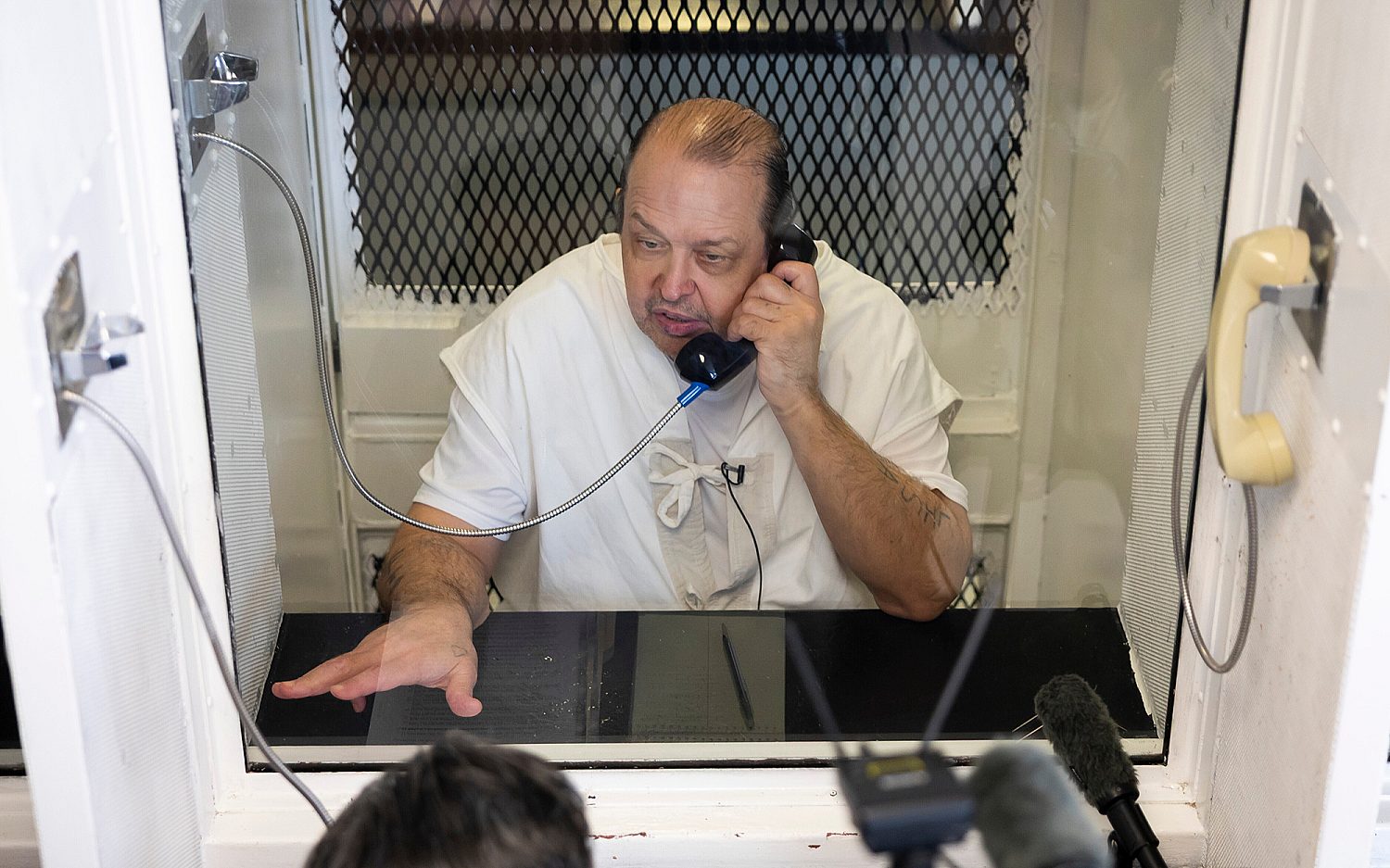After Supreme Court ruling, pro-lifers step inside the buffer zone
Five days after the Supreme Court struck down Massachusetts’ law placing a 35-foot buffer zone around abortion centers, pro-life sidewalk counselors with Operation Rescue are hard at work. Tuesday morning, a small group of counselors stood 12 to 20 feet outside Boston’s only Planned Parenthood. By 10 a.m., they had already spoken with 10 to 20 women arriving at the facility—a light day.
Four policemen observed the counselors from their cruiser parked in front of the facility, and about four escorts waited to guide women inside. Before the Court’s June 26 decision, escorts worked only on Saturdays.
Without a buffer zone law, abortion facilities in Massachusetts’ three largest cities are boosting security, Reuters reported. Boston, Worchester, and Springfield have deployed extra police to the centers, and Planned Parenthood facilities are training additional escorts for women.
“To them, the end of the buffer zone was a few inches short of the end of the world,” said Bill Cotter, president of Operation Rescue: Boston. Though the facilities’ behavior seems to indicate potential violent protest, the counselors intend to continue what they’ve always done—pray outside abortion facilities and converse with abortion-seeking women—just closer to the facility than previously allowed.
The sidewalk counselors typically wait outside abortion centers during the morning hours, when most abortions occur, according to Anne Fox, president of Massachusetts’ Citizens for Life. The buffer zone inhibited the counselor’s ability to speak with women who may approach the facility. “We know they’re scared, and we know they’re confused,” counselor Lorraine Loewen told Reuters. “Before, yelling was the only way we could project our voice.”
Legislators enacted the buffer zone due to concerns for safety. But Fox said nearly no evidence of violence exists. A frequently cited example occurred nearly 20 years ago. Two people were killed and five others wounded when a man opened fire at two Boston-area abortion centers on Dec. 30, 1994, prompting first the creation of a floating buffer zone, later replaced by the fixed 35-foot zone. Both Cotter and Fox claim abortion advocates used safety as a guise. “The purpose is to keep the person from having a chance to approach a counselor,” Fox said.
Eleanor McCullen, the lead plaintiff in the case, brings baby blankets to women at Boston’s Planned Parenthood on Tuesdays and Wednesdays. Counselors typically offer help and pamphlets on crisis pregnancy centers, abortion stages, and child development. They wait outside in all weather. “You’re not going to spend time [outside] … unless you care about those women,” Fox said.
The Massachusetts legislature is already considering new rules to the replace the 35-foot buffer zone. Senate President Therese Murray, D-Plymouth, said she expected lawmakers to act before the July 31 end of the legislative session, but would not speculate on possible changes. Attorney General Martha Coakley, whose office argued before the Supreme Court to keep the 35-foot zone, said the ruling appeared to leave open other alternatives.
Those include a return to the earlier 6-foot floating buffer zone that created a moving protest-free area that encircled anyone entering an abortion center. Coakley said that model was cumbersome because it wasn’t always clear where the line was.
Fox said the floating zone was never enforced before enacting the more extreme, 35-foot buffer zone. Other laws already prohibit harassment and the blocking of entrances to buildings.
“This is a victory for all citizens who value their First Amendment rights and for clinic-bound women who might need someone to talk to,” Fox said.
The Associated Press contributed to this report.
An actual newsletter worth subscribing to instead of just a collection of links. —Adam
Sign up to receive The Sift email newsletter each weekday morning for the latest headlines from WORLD’s breaking news team.




Please wait while we load the latest comments...
Comments
Please register, subscribe, or log in to comment on this article.